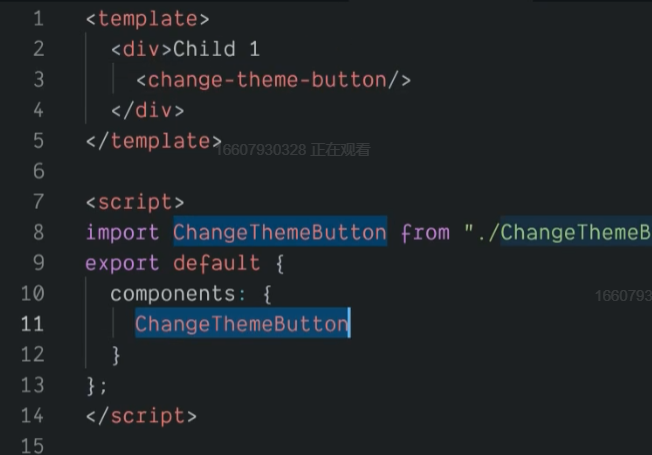概述
- 把Vue的实例命名为vm是作者的习惯,应该沿用
- vm对象封装了对视图的所有操作, 包括数据读写、事件绑定、DOM更新
- vm的构造函数是Vue, 按照ES6的说法,vm所属的类是Vue
- options是new Vue的参数, 一般称之为选项或构造函数
new Vue有哪些选项
el挂载
new Vue({el: '#app', // 替换index.html中id为app的元素render: h => h(demo)})
可与$mount替换
new Vue({render: h => h(demo)}).$mount('#app')
data()
完整版Vue.js写法
推荐用函数
有个bug
new Vue({data(){return {n:0}},template:`<div class="red">{{n}}<button @click="add">+1</button></div>`,methods:{add(){this.n += 1}}}).$mount('#app')
methods
事件处理函数或普通函数
可以替代filter
缺点是每次渲染其他部分也会调用这个函数
new Vue({data(){return {array: [1,2,3,4,5,6,7,8]}},template:`<div class="red">{{filter()}}</div>`,methods:{filter(){return this.array.filter(item => item%2 === 0)}}}).$mount('#app')
components
方法一:将vue文件引入为组件
优先使用方法一,模块化
import Demo from './demo.vue'new Vue({// 组件名components:{Demo // Demo: Demo 的ES6简写},data(){return {n:0,}},template:`<div class="red">{{n}}<button @click="add">+1</button><hr><Demo> <!--使用组件--></div>`,methods:{add(){this.n += 1}}}).$mount('#app')
方法二:Vue.component 声明全局组件
// 注册全局组件Vue.component('Demo2', {template:`<div >Demo222222</div>`})new Vue({data(){return {n:0,}},template:`<div class="red">{{n}}<button @click="add">+1</button><hr><Demo2> <!--使用组件--></div>`,methods:{add(){this.n += 1}}}).$mount('#app')
方法三:在components属性里声明
new Vue({components: {Demo3: {template:`<div >Demo3333</div>`}},data(){return {n:0,}},template:`<div class="red">{{n}}<button @click="add">+1</button><hr><Demo3> <!--使用组件--></div>`,methods:{add(){this.n += 1}}}).$mount('#app')
4个钩子
new Vue({data(){return {n:0,}},template:`<div class="red">{{n}}<button @click="add">+1</button></div>`,methods:{add(){this.n += 1}},/* 4个钩子 */created(){// debugger 添加断点console.log('这玩意儿出现在内存中,还没有出现在页面中')},mounted(){console.log('这玩意儿出现在页面中')},updated(){console.log("更新了")console.log(this.n)},destroyed(){console.log('已经消亡了')}}).$mount('#app')
props
property
从外部引入属性
在vue文件中添加props
<template><div class="red">我是外部demo<br>{{message}}<button @click="add2">+2</button></div></template><script>export default {props:['message','add2'], // 以字符串数组形式列出属性}</script><style scoped>.red {color: red;}</style>
在main.js中传入外部属性值
不加冒号是静态绑定,只能传字符串
v-bind或冒号,是动态绑定,传入的是JS代码
<!-- 静态 --><blog-post title="My journey with Vue"></blog-post><!-- 动态赋予一个变量的值 --><blog-post v-bind:title="post.title"></blog-post><!-- 动态赋予一个复杂表达式的值 --><blog-postv-bind:title="post.title + ' by ' + post.author.name"></blog-post>


